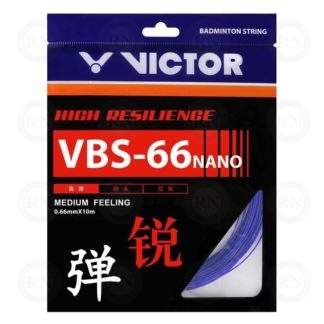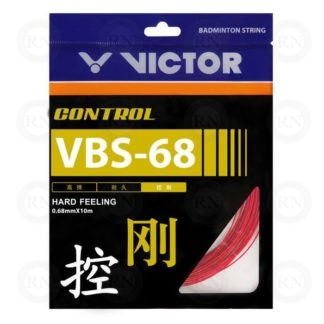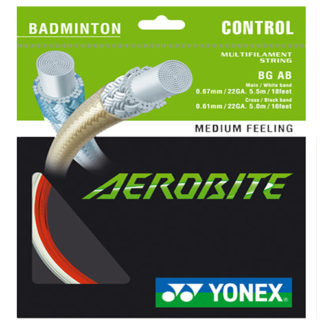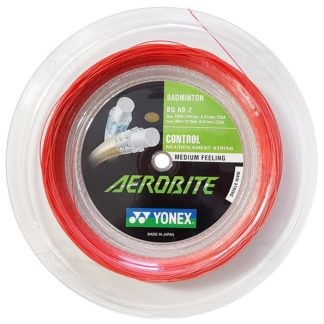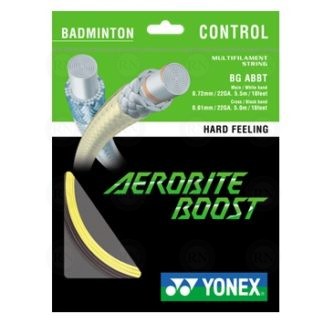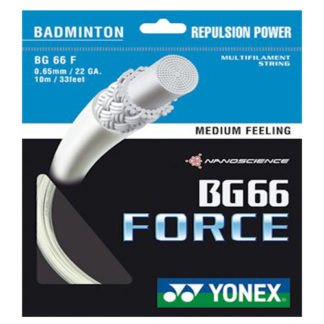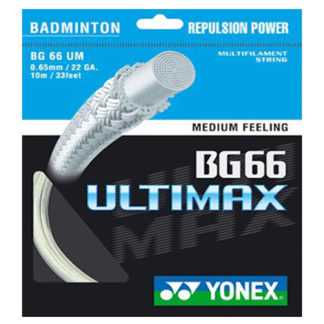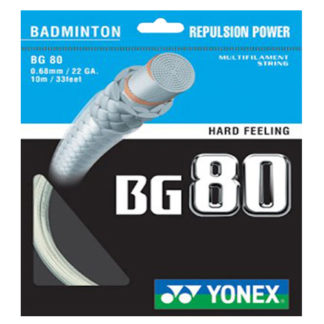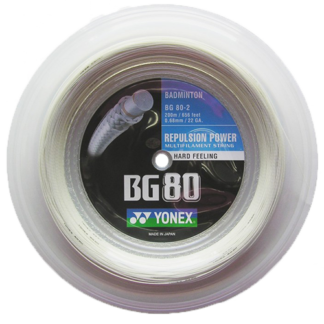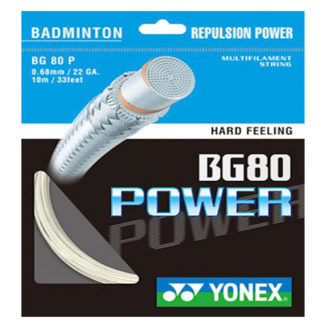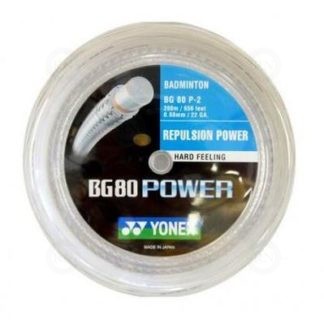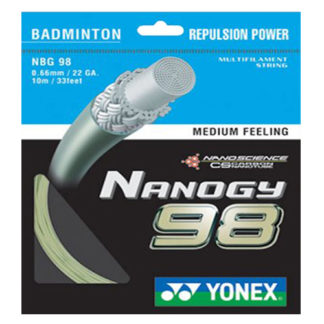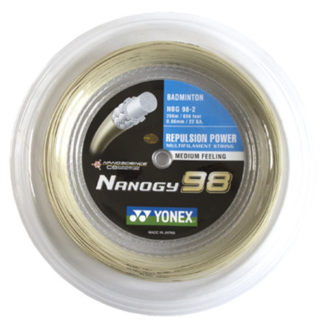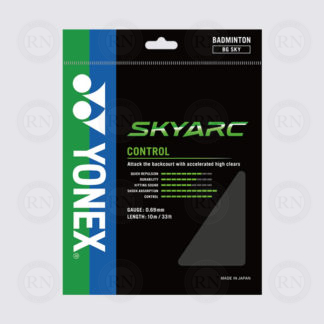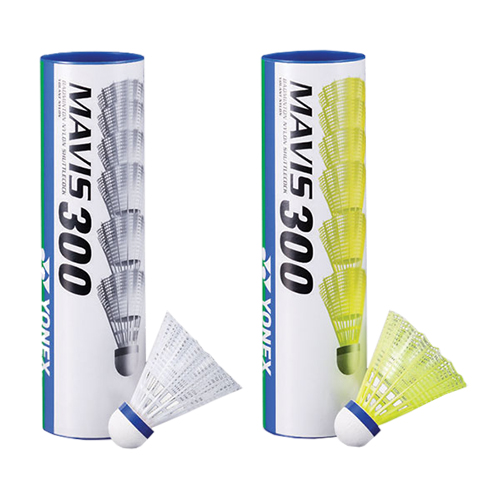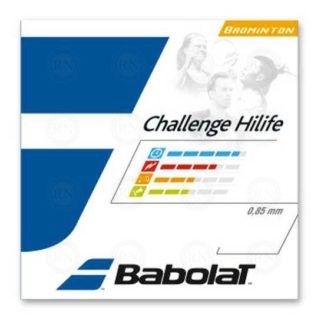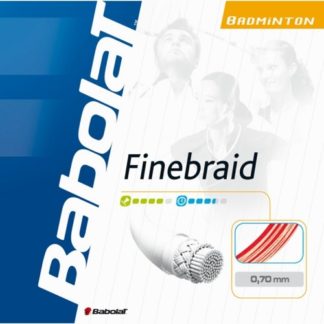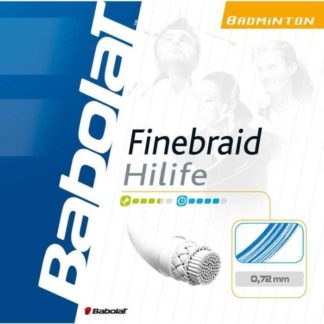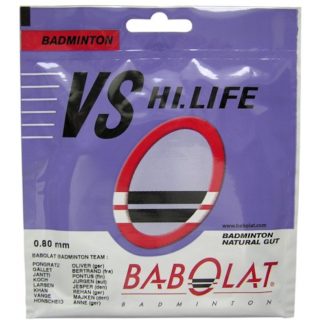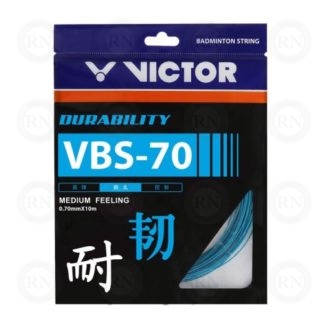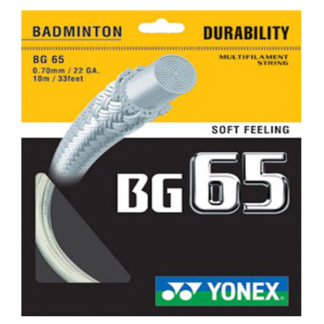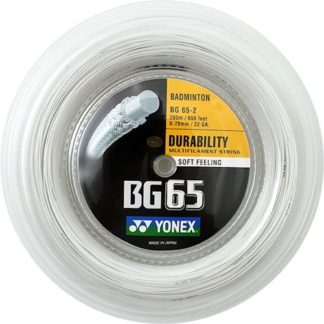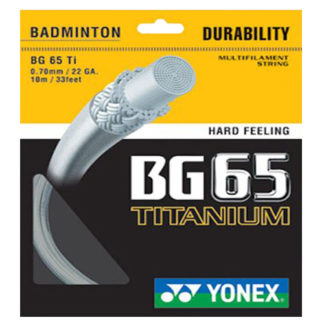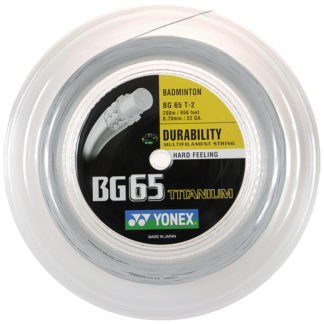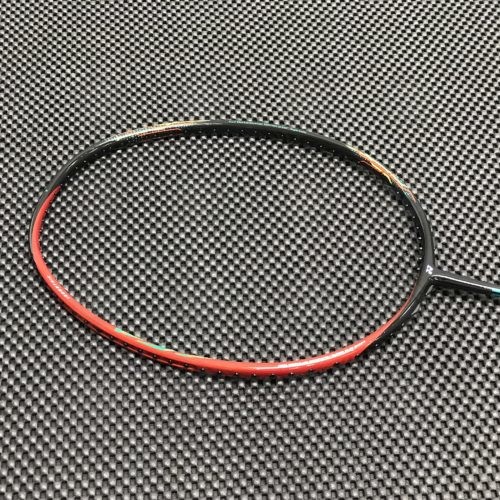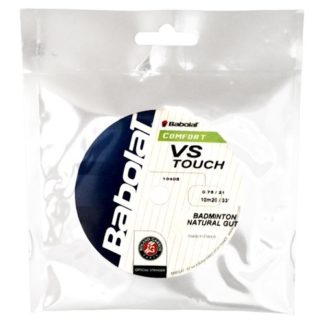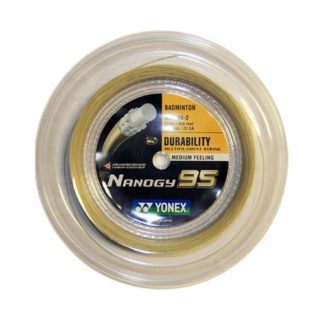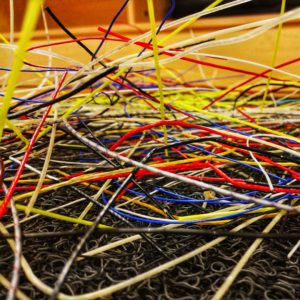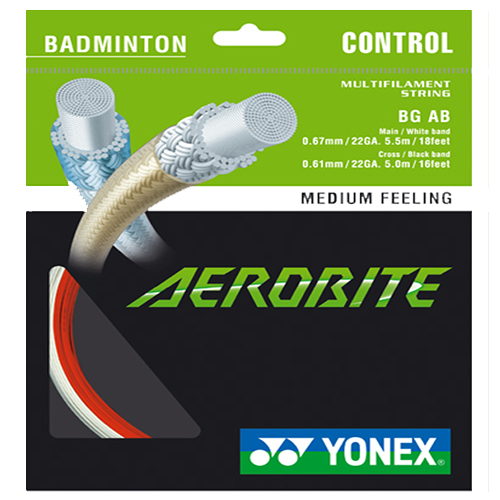
The tendency for most parents is to string their child’s badminton racquet with the cheapest, most durable string possible.
Bad idea!!
If the parent’s goal is to increase their child’s enjoyment of badminton, then the string should help them succeed.
Very few children are frequent string breakers. Once they become teenagers that may change for some — especially for some boys — but very few children ever break badminton strings. So there is no need to go for maximum durability.
Instead, children’s racquets should be strung for maximum enjoyment.
Stringing children’s badminton racquets for maximum enjoyment means stringing their racquets with the thinnest, most powerful string you can get your hands on.
All of the strings in the table below have been chosen by our coaches as suitable for children up to 10 years old. It does not matter if they are boys or girls or what kinds of shuttles they are using. Children at this age rarely smash, so these strings will work with both nylon and feather shuttlecocks.
Best Badminton String for Children
The reason for stringing children’s racquets this way is simple. Thinner strings increase power. Increasing power allows them to hit the shuttle further. Hitting the shuttle further means longer rallies. Longer rallies equal more fun.
On the other hand …
When parents string children’s badminton racquets with durable string they end up generating less power. Less power means fewer shots make it over the net which leads to shorter rallies and less fun.
In fact, if this happens in a game situation, the result equals less success and more failure, which for many kids is no fun at all.
Stringing kids racquets with thinner more powerful strings means — in a game situation — that they will be able to hit the shuttle deeper.
If Child A strings for power and Child B strings for durability, then Child A has an advantage. Assuming they are equal, Child A will probably have more fun than Child B.
If Child A starts playing well enough that he or she is hitting the shuttle out the back of the court or if Child A starts to break strings more often than his or her parents can afford, then it’s time to choose something more durable.
But switching to a thicker string before that happens is not necessary and may be counterproductive to the whole point of enrolling a child in an athletic program.
In other words, if you want your child to have fun playing badminton, string their racquets with string that will offer them the most amount of fun.

